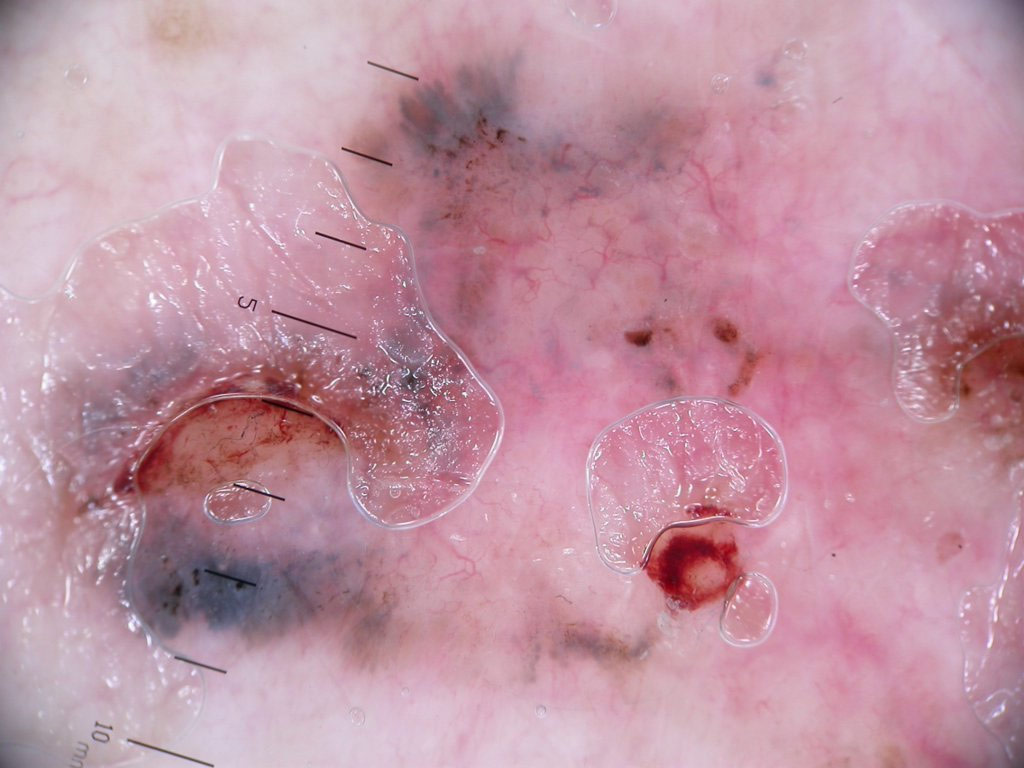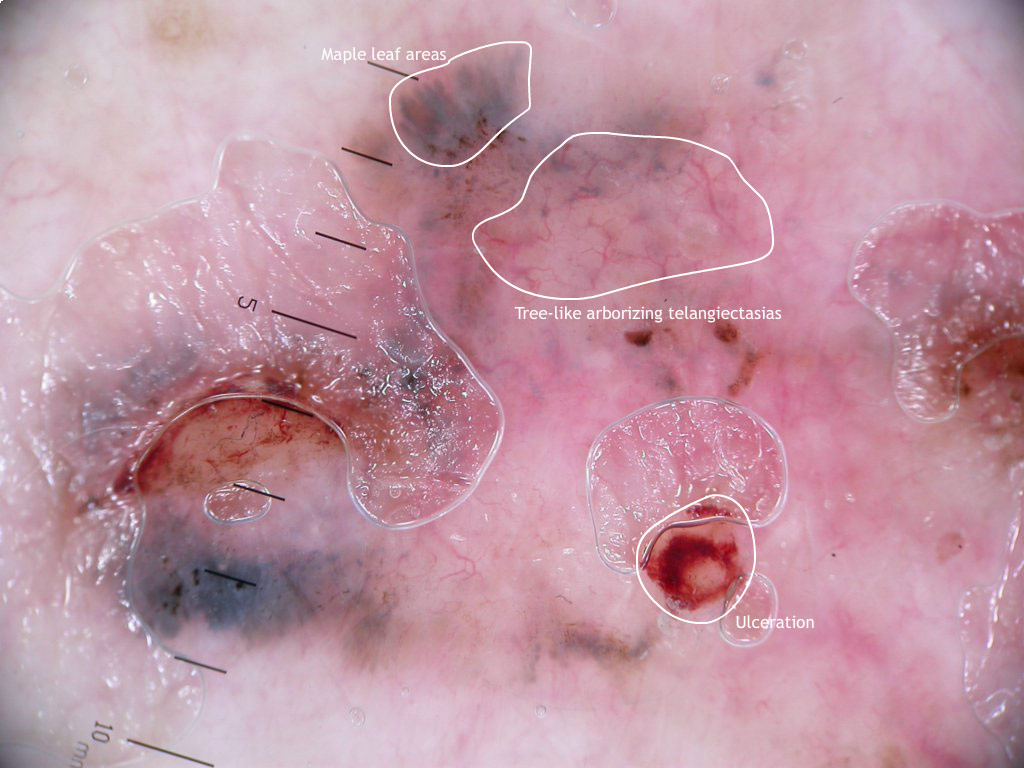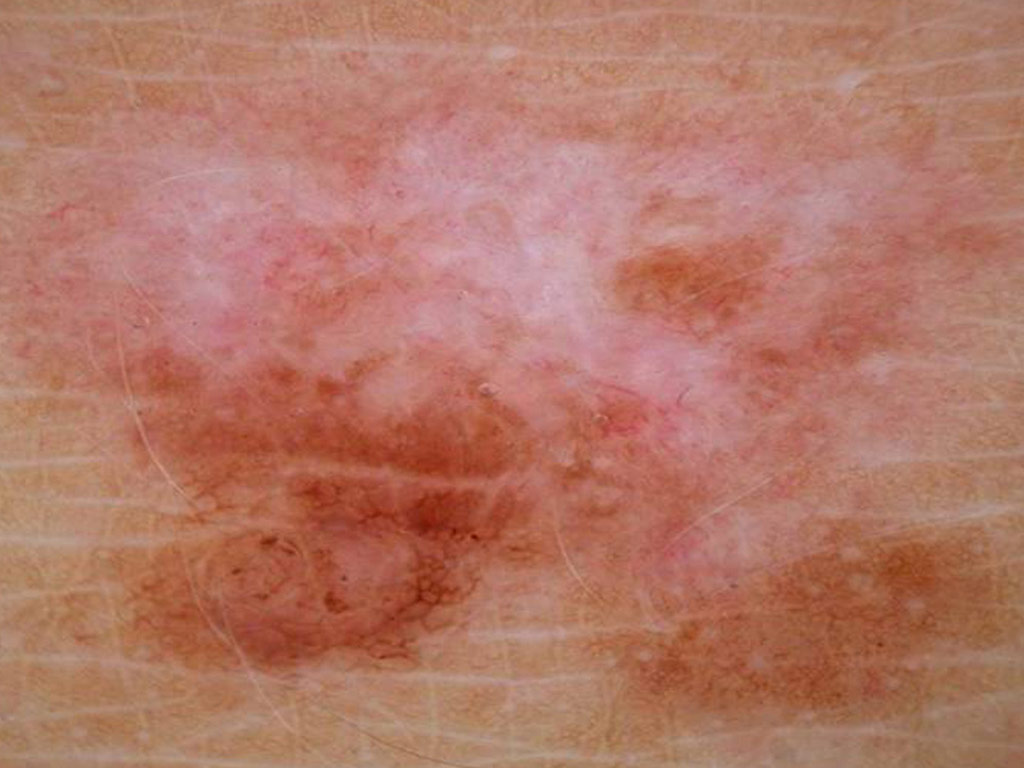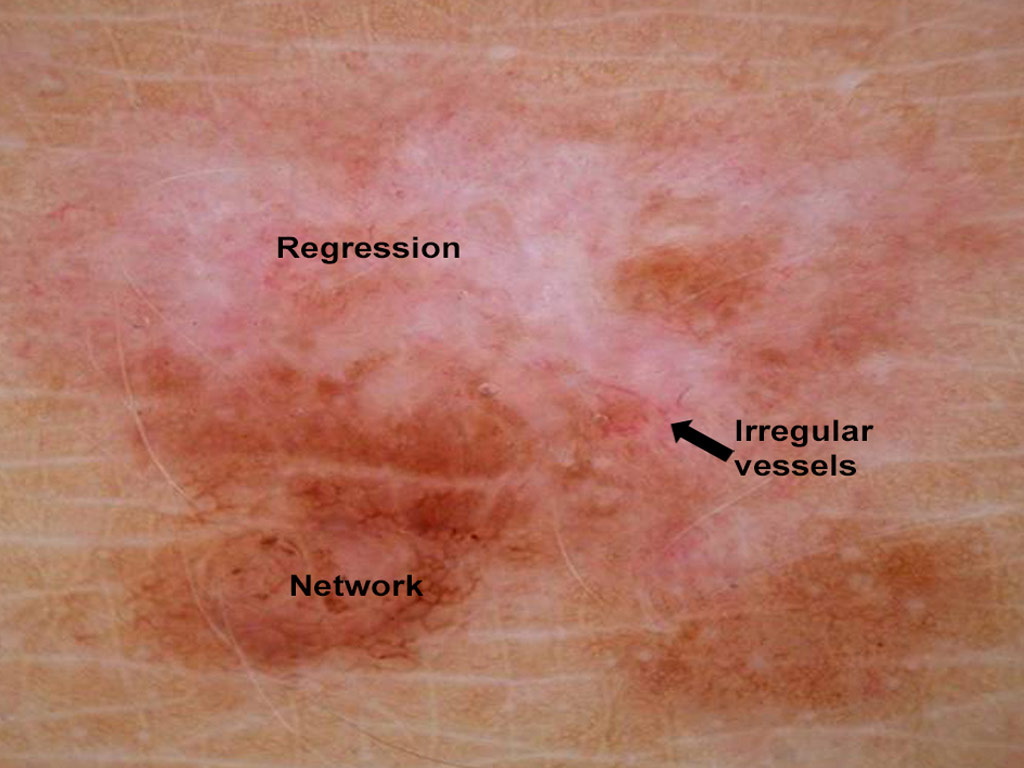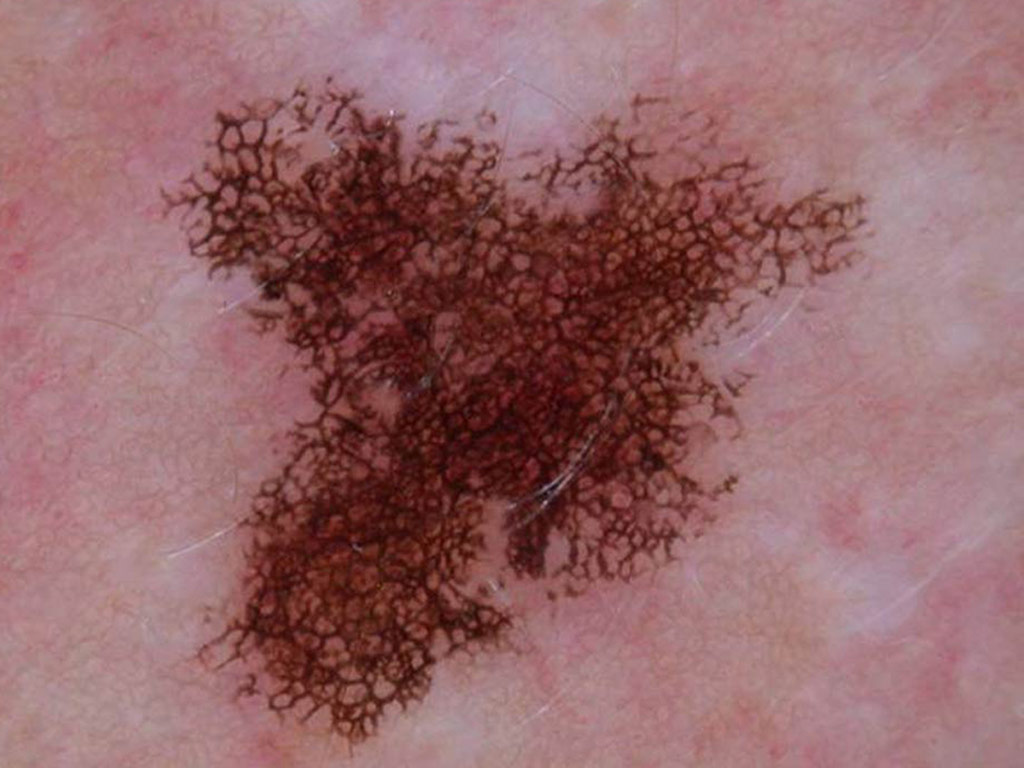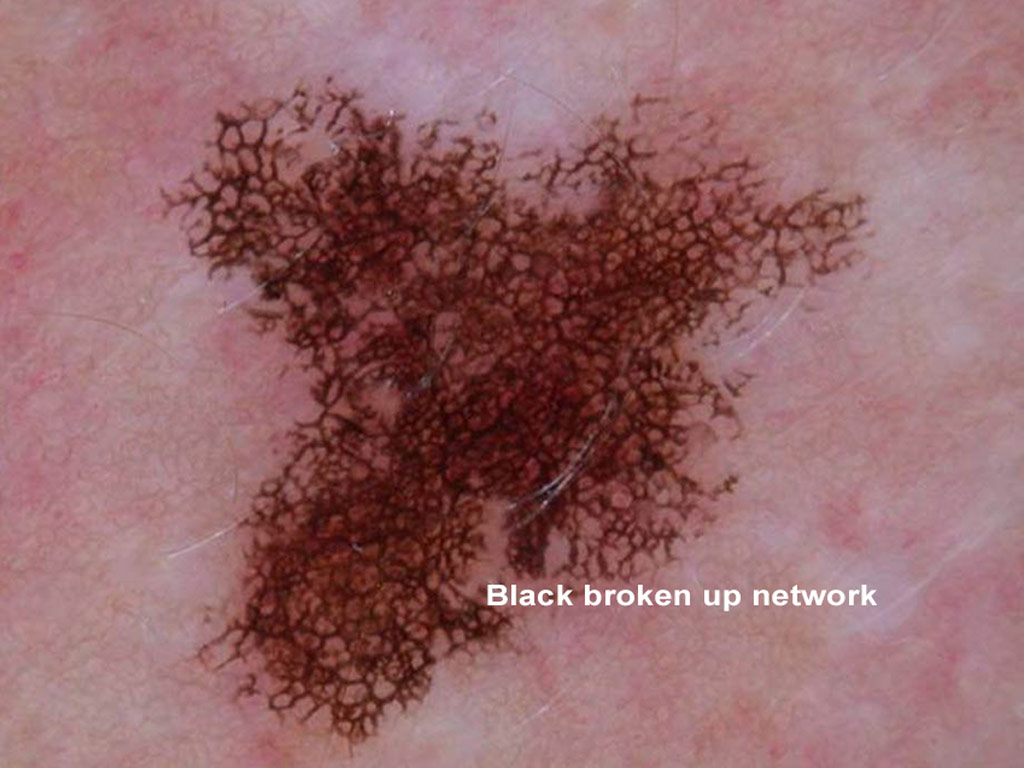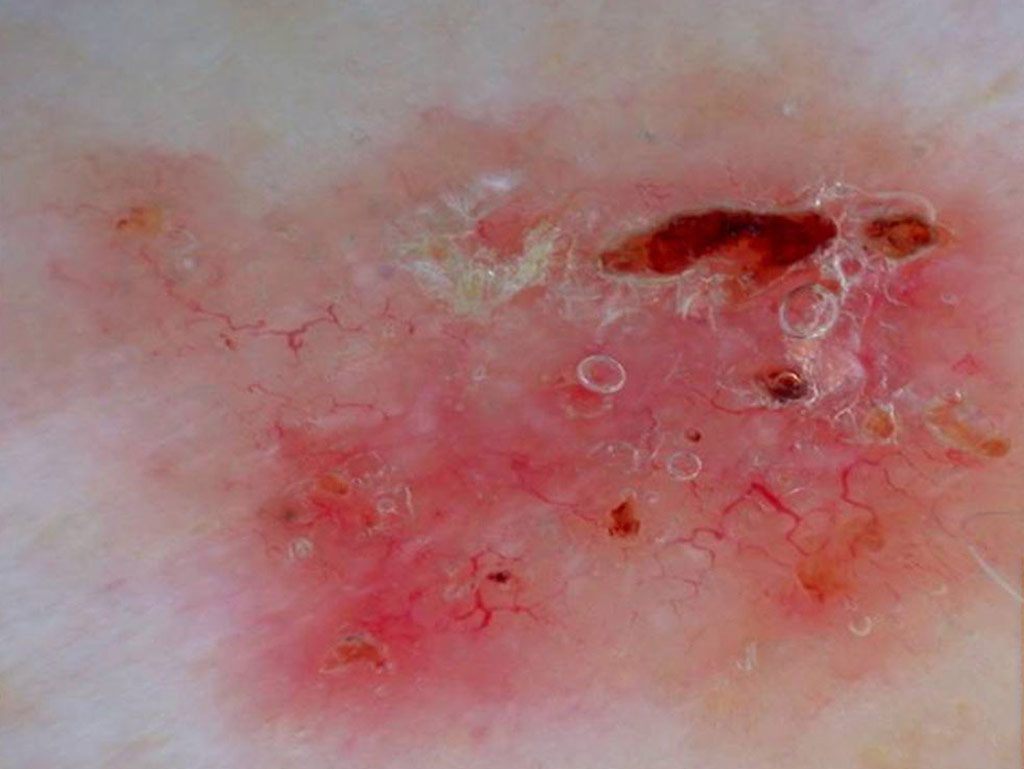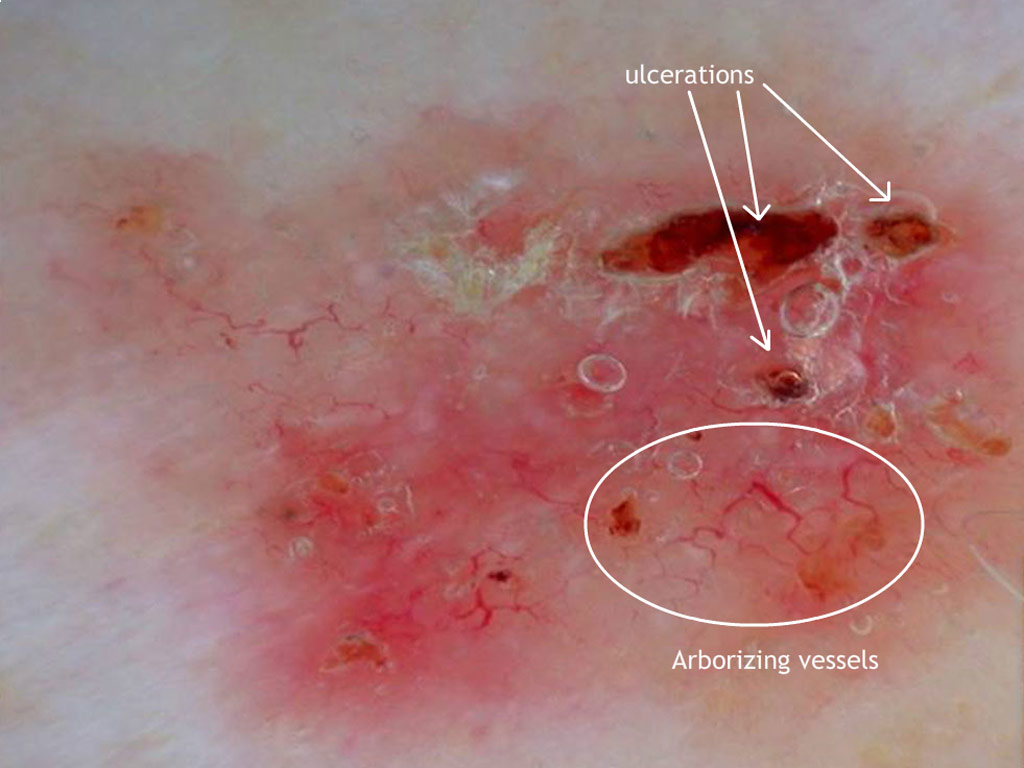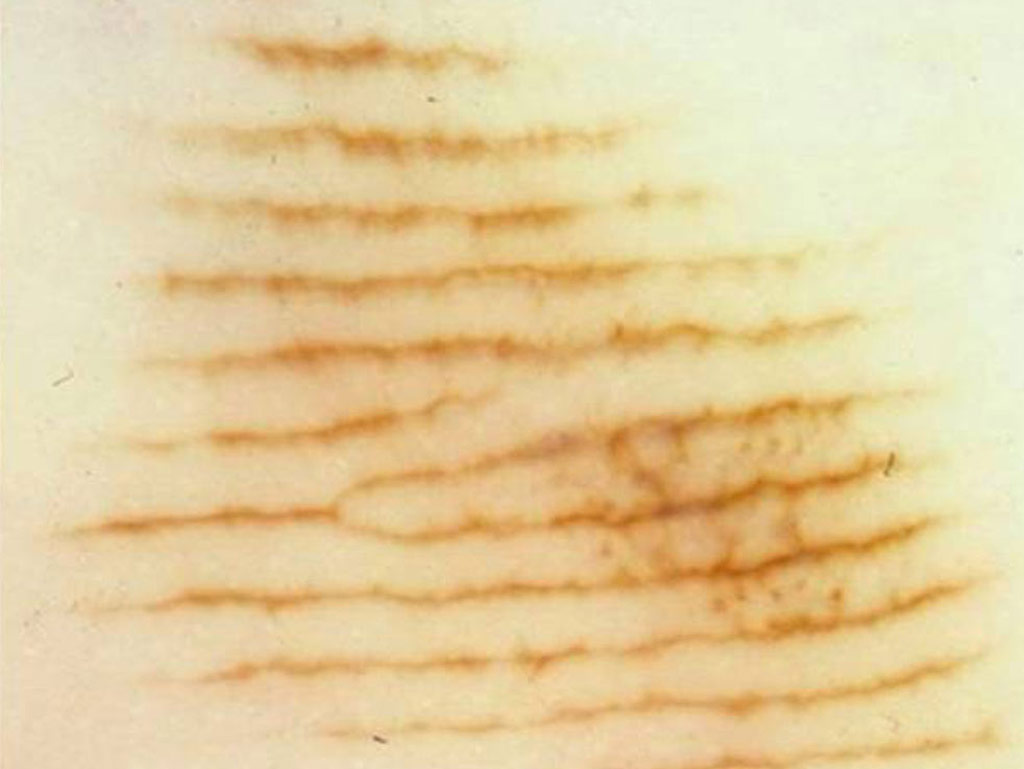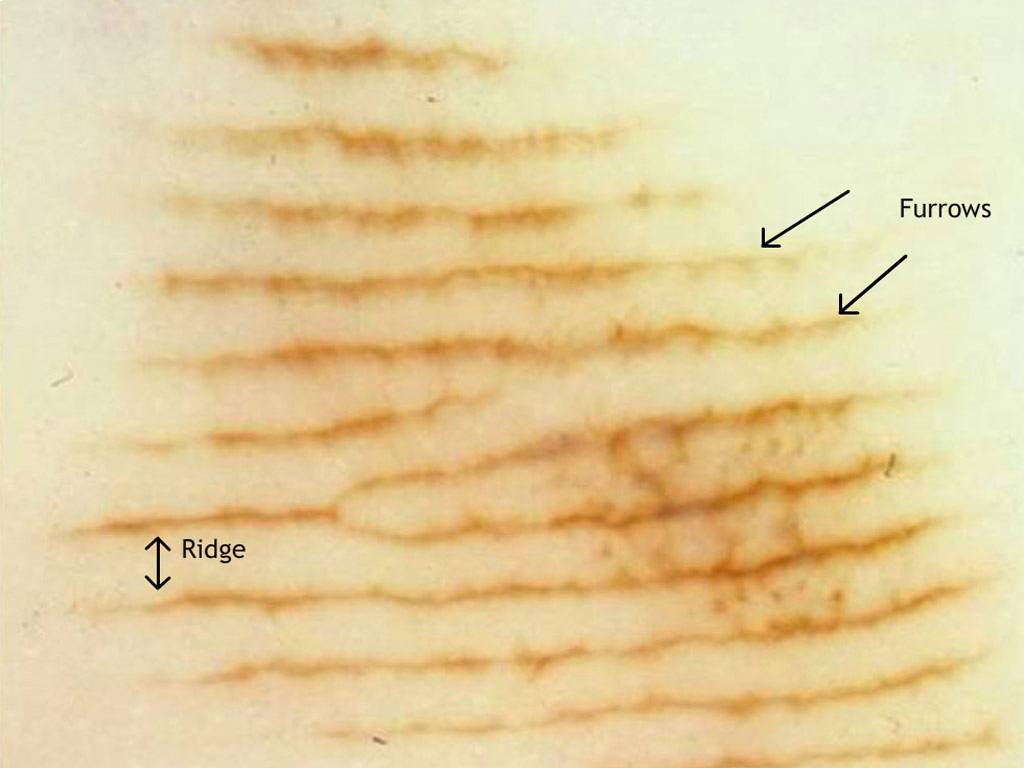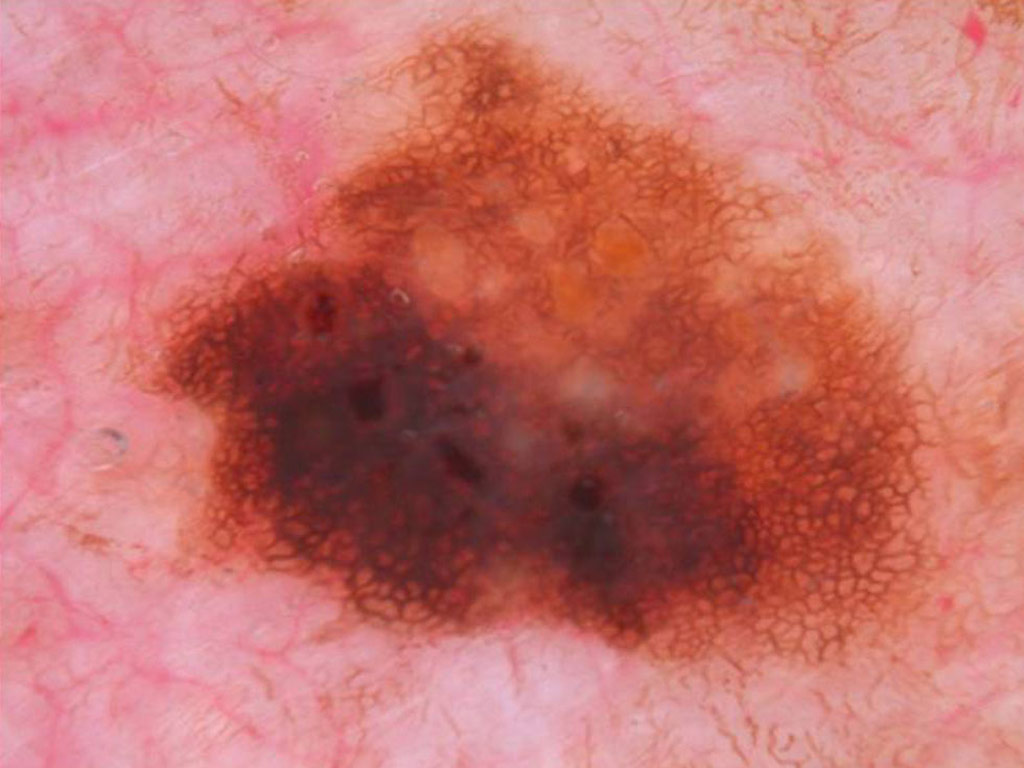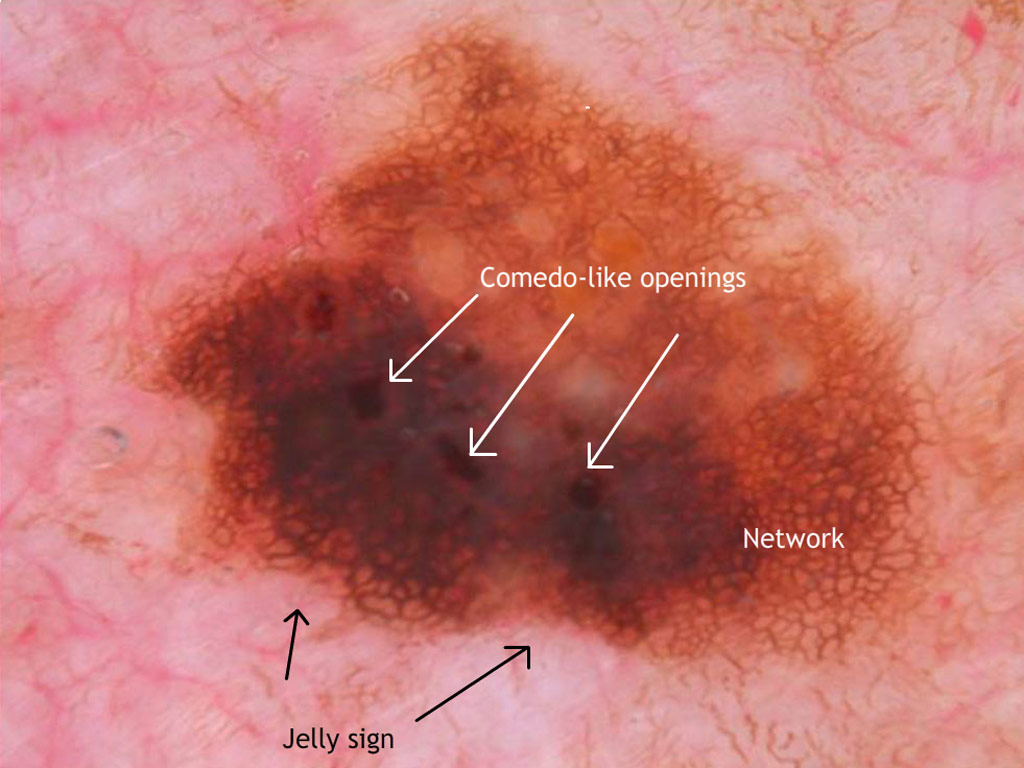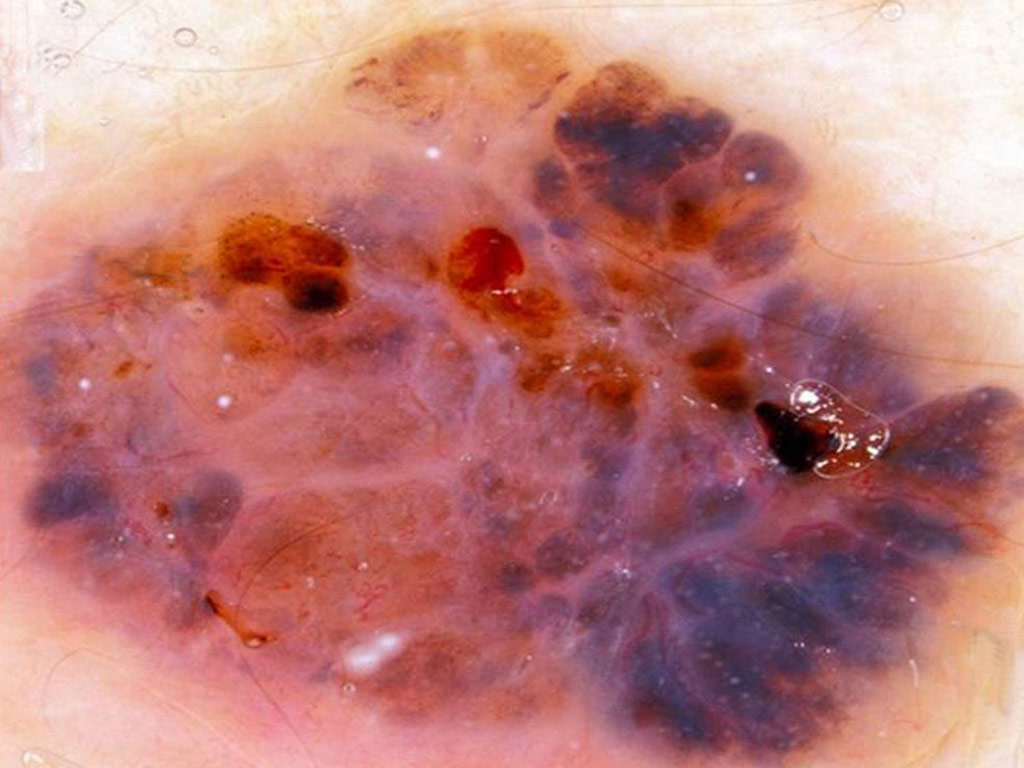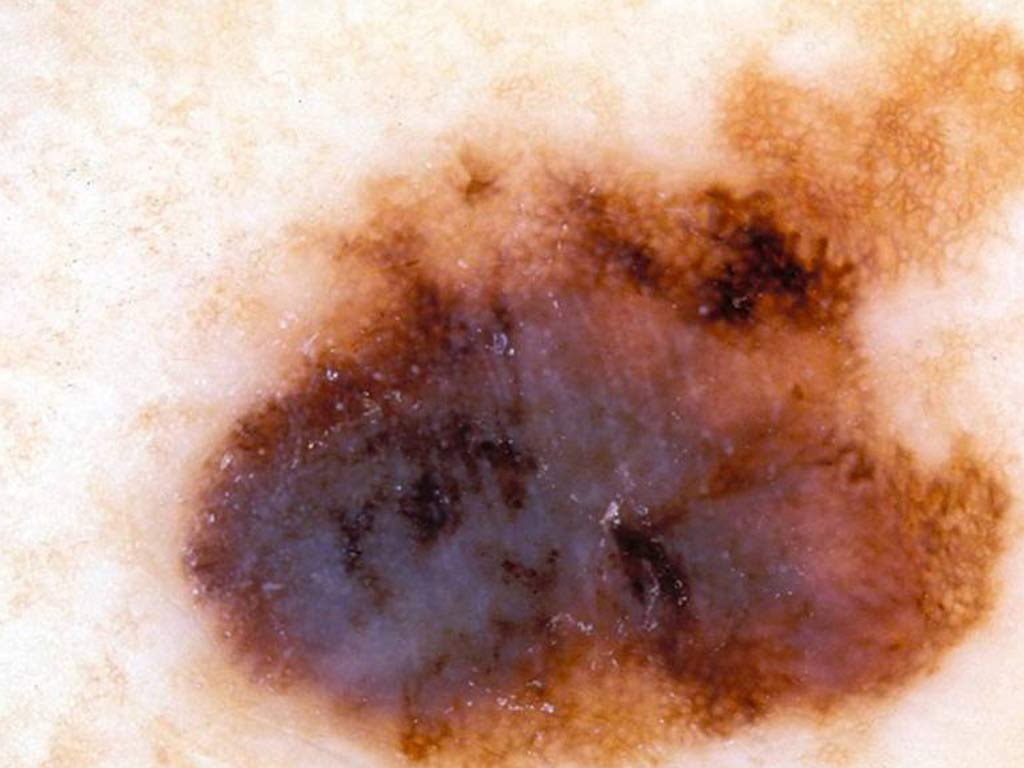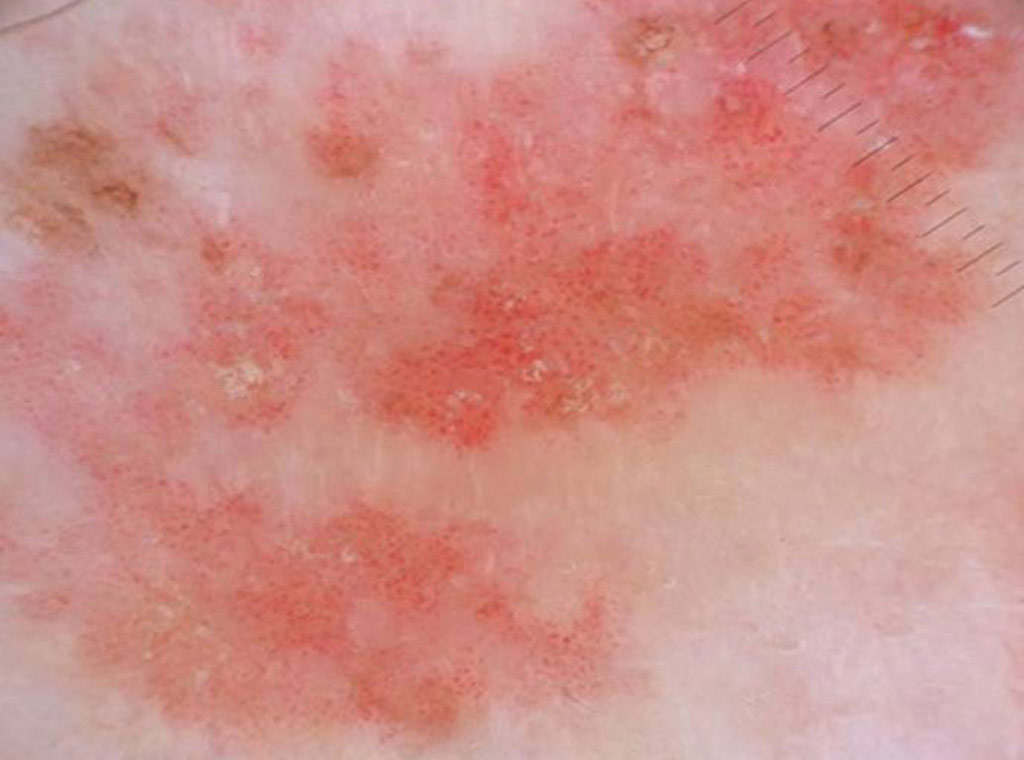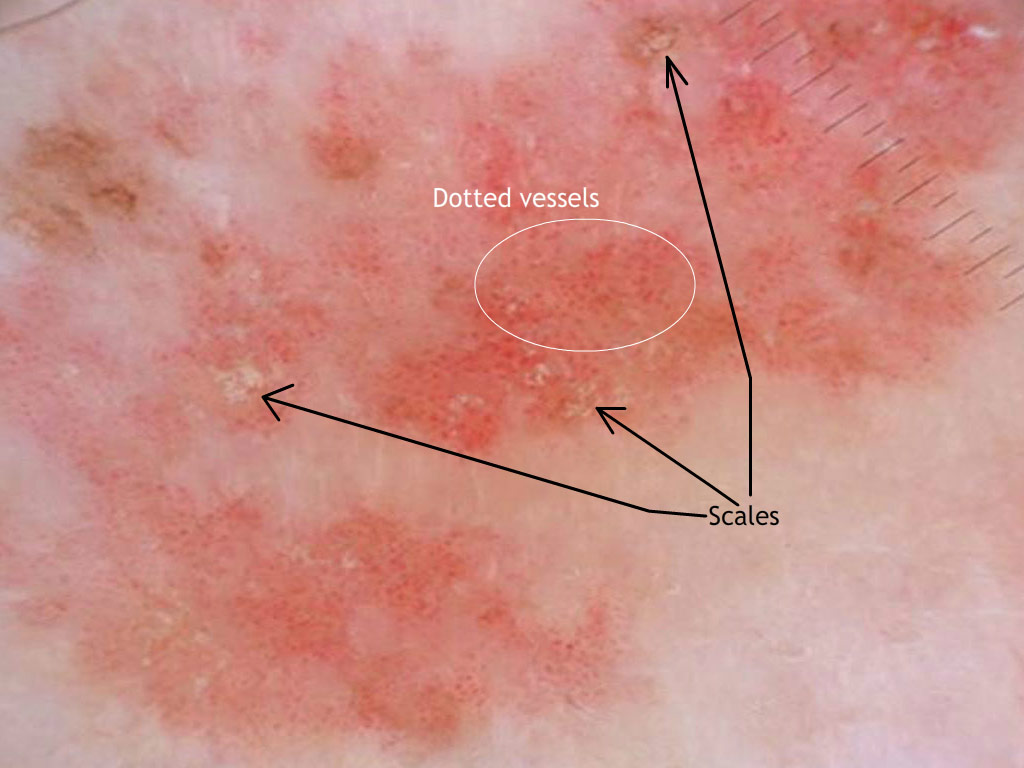Virtual Dermatoscope
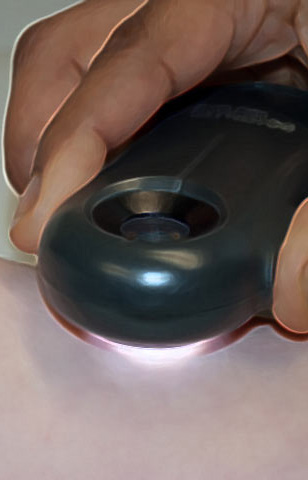
 Pigmented plaque, upper arm eldery lady, fair skin, severe sun-damage
Pigmented plaque, upper arm eldery lady, fair skin, severe sun-damage This plaque was found on a 60 year old man’s back
This plaque was found on a 60 year old man’s back Pigmented lesion on a 70 year old man’s back
Pigmented lesion on a 70 year old man’s back This is a plaque on a 45 year old man’s back
This is a plaque on a 45 year old man’s back A pigmented lesion on a 25 year old man’s foot
A pigmented lesion on a 25 year old man’s foot A lesion on sundamaged skin on the neck of a 52 year old woman
A lesion on sundamaged skin on the neck of a 52 year old woman A pigmented lesion on back of an elderly man
A pigmented lesion on back of an elderly man This palpable pigmented lesion was found on a 42 year old man’s back
This palpable pigmented lesion was found on a 42 year old man’s back This is a plaque on the shin of a 65 year old woman
This is a plaque on the shin of a 65 year old woman
